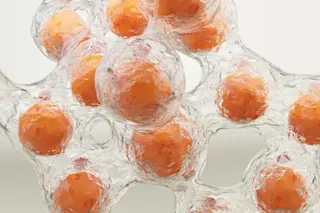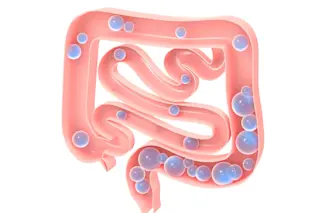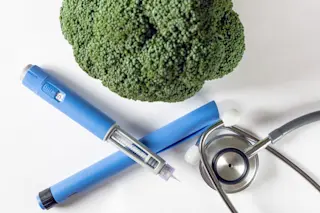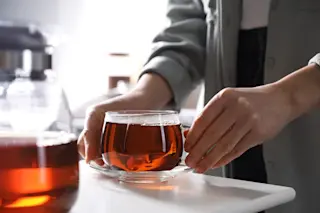Nothing says “summer” quite like a big, juicy slice of watermelon. Even if you prefer it charred on the grill or blended into an icy agua fresca, watermelon is one of the best ways to beat the late-summer heat. So what gives watermelon its refreshingly delicate flavor? Turns out the answer is pretty complicated. Over the last few decades, scientists have identified dozens of flavor and aroma molecules that contribute to watermelon’s unique taste [1]. And here’s an interesting twist: a watermelon’s flavor has a lot to do with its color. Chow down on a yellow ‘Early Moonbeam,’ a pale ‘Cream of Saskatchewan,’ or a deep red ‘Crimson Sweet’ and you’ll likely notice different flavor profiles for each melon.
Several of watermelon’s flavor molecules form when colorful chemicals called carotenoids break down into smaller chemical compounds [2,3]. For example, the classic color of red watermelons comes from lycopene, the same ...














